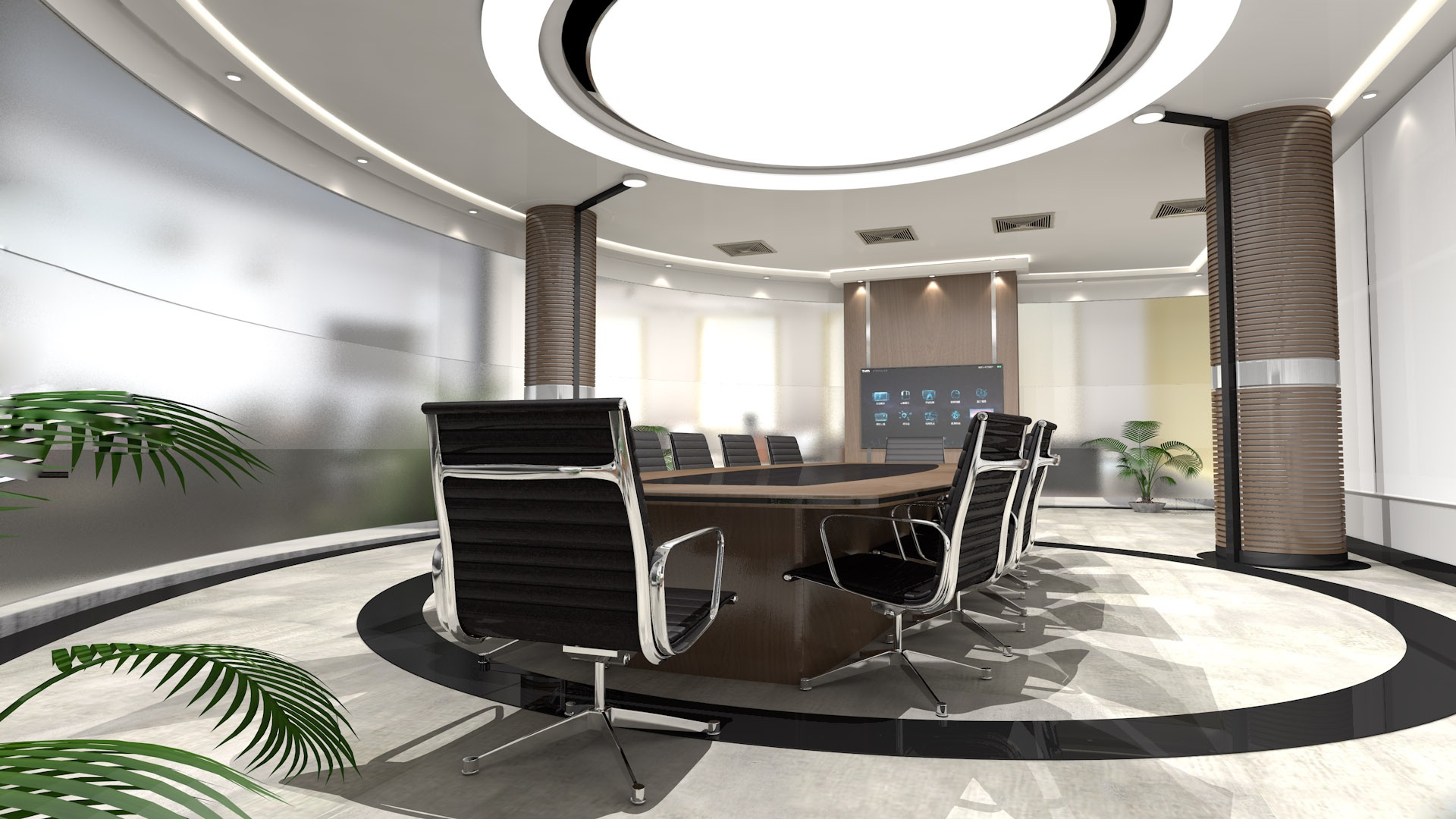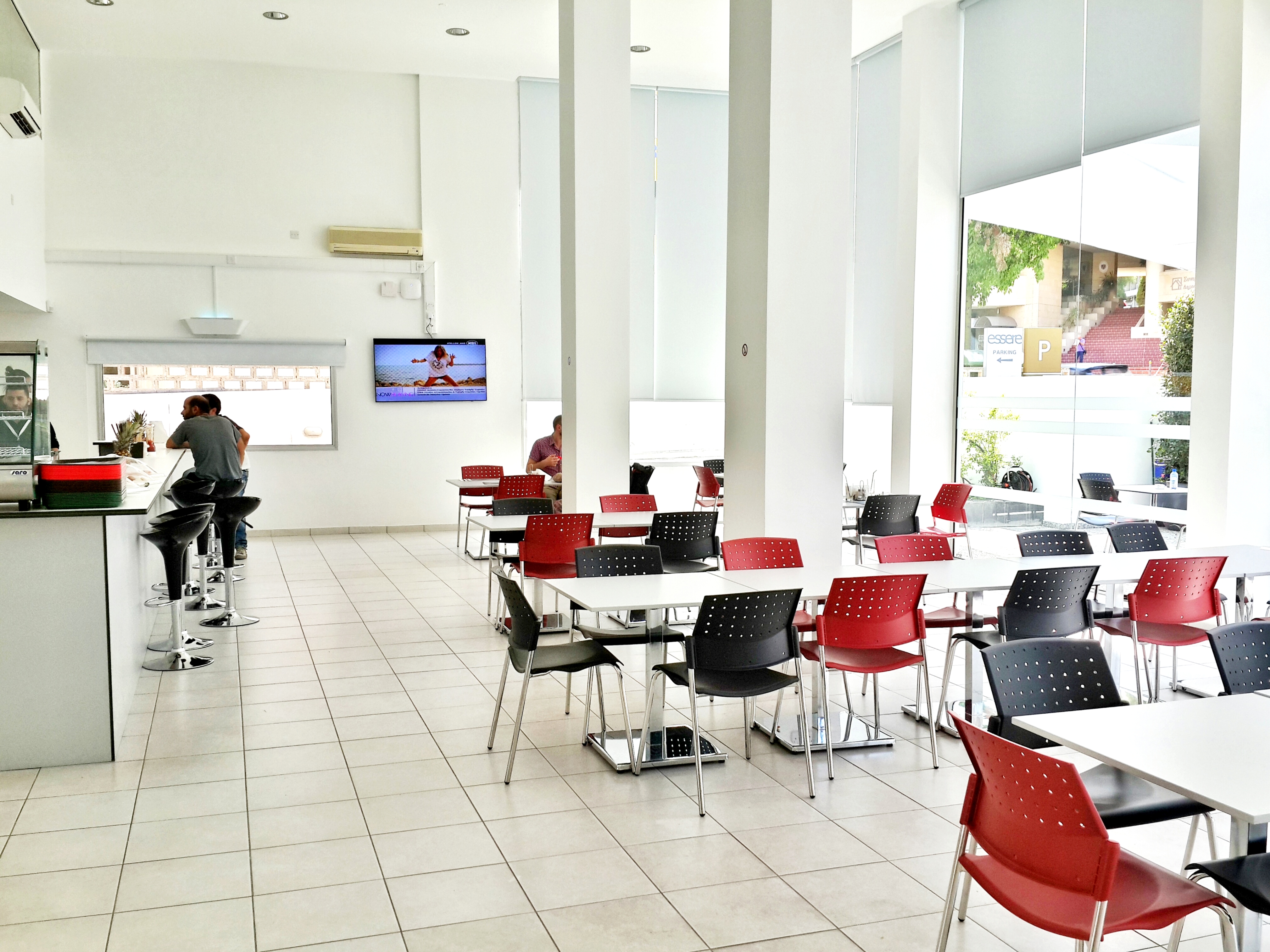The Internet of Things (IoT), cloud computing, and mobile technologies have changed how both humans and machines communicate with each other. Smart homeowners can turn on their lights or tell their coffeepot to start brewing before they arrive home with the help of a connected device. In the corporate world, advancements in devices and applications have made it possible for even small business owners to accept mobile payments. Those are just a few examples of how connected devices are making an impact in our lives.
Connected devices, or devices that can communicate with each other remotely through the Internet, are also revolutionizing the workplace. According to Gartner, there will be over 6.4 billion connected devices by the end of 2016–a 30 percent increase from 2015. This includes devices like wearable technology, wireless presentation systems, meeting room software, online collaboration tools, smartphones, and tablets.
One recent study reports that businesses will be the top adopters of connected solutions. These devices are becoming more common and are impacting multiple aspects in companies all over the world. What role do connected devices play in meeting rooms?

Use the entire meeting space.
Attending a business meeting no longer consists of staring at a projector screen or television while someone flips through a PowerPoint slideshow. With the help of connected devices, meeting leaders can create more interactive and visually intriguing meetings.
If there are multiple screens in the room, connected devices can switch seamlessly between them. If attendees have tablets, they can receive meeting documents or agendas with the touch of a button. Since connected devices eliminate the need for wires, this saves space, cost, and setup time.
Promote collaboration during meetings.
When managed effectively, connected devices can improve the productivity of your meetings. For example, in a recent study by Kelton, 71 percent of company leaders agreed that the use of connected devices helps boost productivity in their organizations.
Instead of simply lecturing to a group for an hour or more, leaders are turning their meeting rooms into collaborative meeting rooms. They are involving their audience by giving and receiving feedback, collaborating on projects, and editing in real-time with connected devices.
Increasing flexibility beyond the meeting room.
One of the primary advantages of connected devices is that they increase flexibility. Individuals can access them from anywhere and there are no wires or equipment needed, which means that the days of relying on multiple pieces of equipment to conduct a presentation or meeting are over. Hardware like projectors, cables, laptops, screens, and other parts can be eliminated. With one connected device, organizations can conduct presentations, communicate with coworkers, and easily perform dozens of other work tasks.
Connected devices allow organizations to minimize the amount of hardware that they need to perform necessary functions. However, they do more than that. As technology becomes even more sophisticated, connected devices are reinventing how we conduct meetings and collaborate with each other. Businesses that embrace the connected device revolution increase their organization’s opportunities for innovation and long-term sustainability.
Want to set up a wireless Conference Room?Try Now


